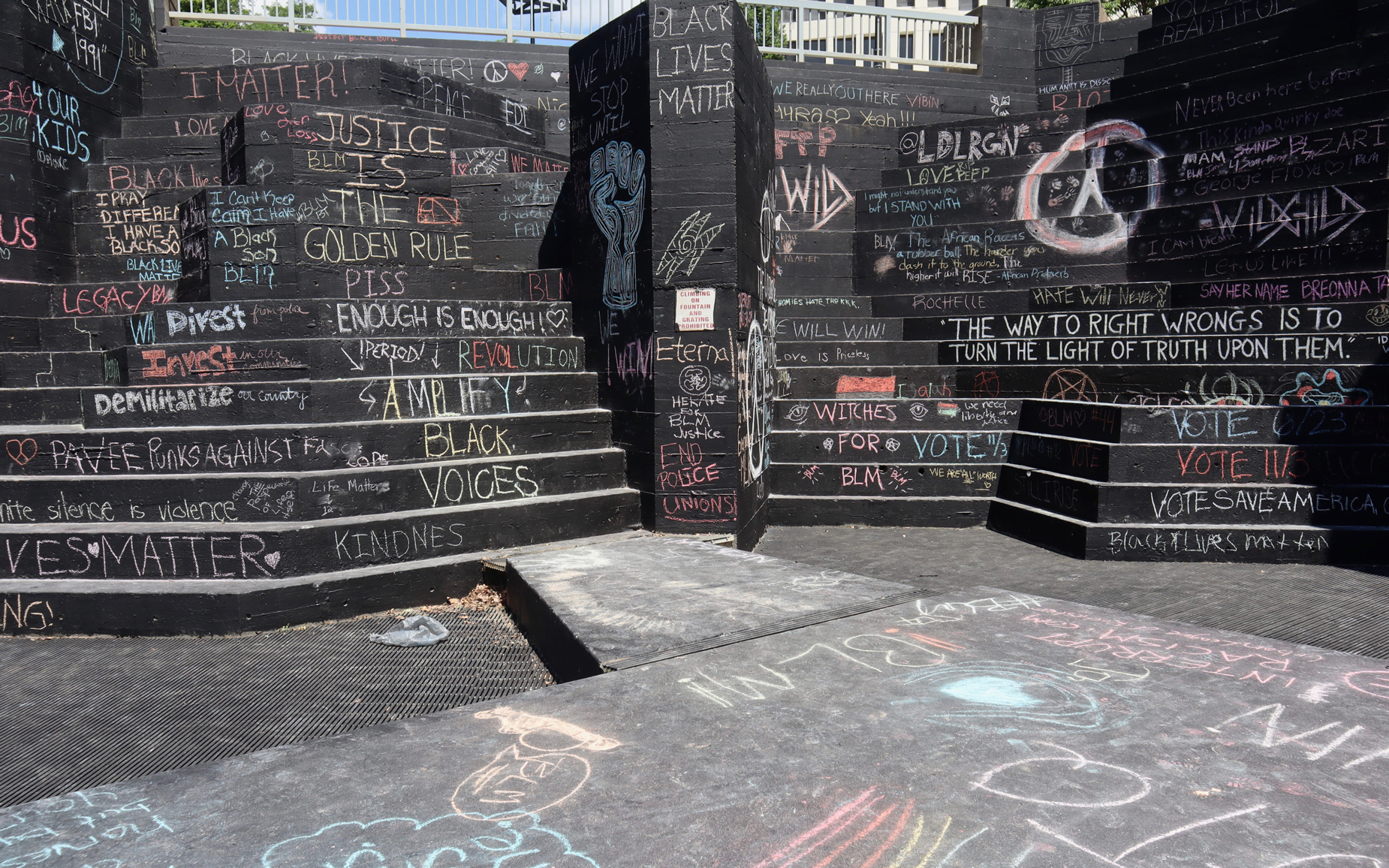After Douglas Crimp Questionnaire Response: Ann Reynolds
SHARING TIME IN THE ARCHIVES WITH DOUGLAS Douglas and I spent some time together in the archives, but not nearly enough time, as it turned out. Losing someone brings the constant sharing of things and experiences to an end, or at least, renders it one-sided. Alone with my own thoughts, I imagine how Douglas would respond to certain performances and films, or to some of the old letters, diary entries, and personal photographs that I continue to discover through my research, and within that imagining he often flickers into view. Douglas had strong opinions, tastes, and ethical parameters. We did not always agree, especially when it came to some of the artists and critics associated with surrealist circles in New York that I have been thinking and writing about over the past ten years or so. But he recognized and respected a love of things, even if he did not share your love for something in particular. One winter we agreed to meet at the New York Public Library for the Performing Arts at Lincoln …


